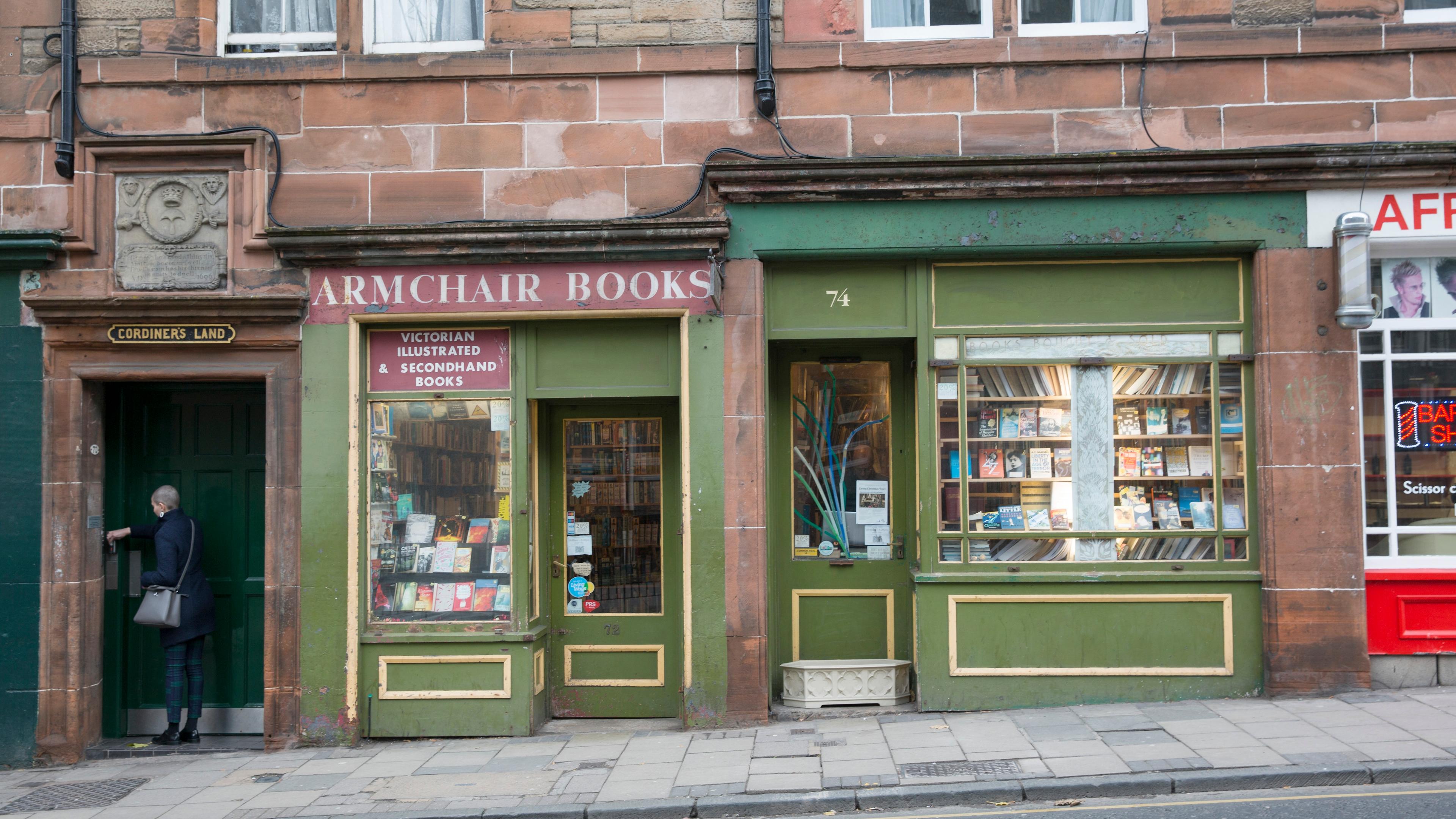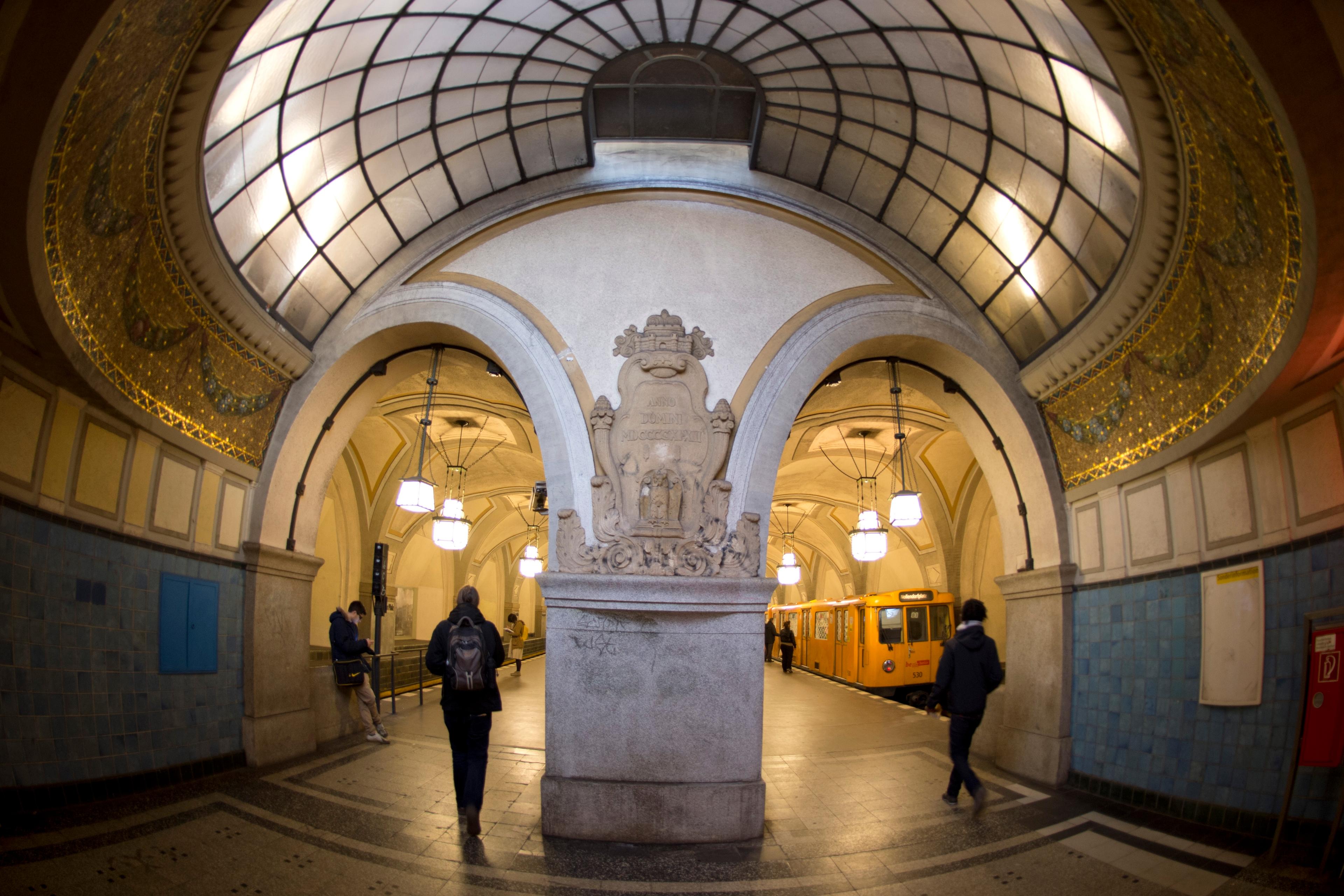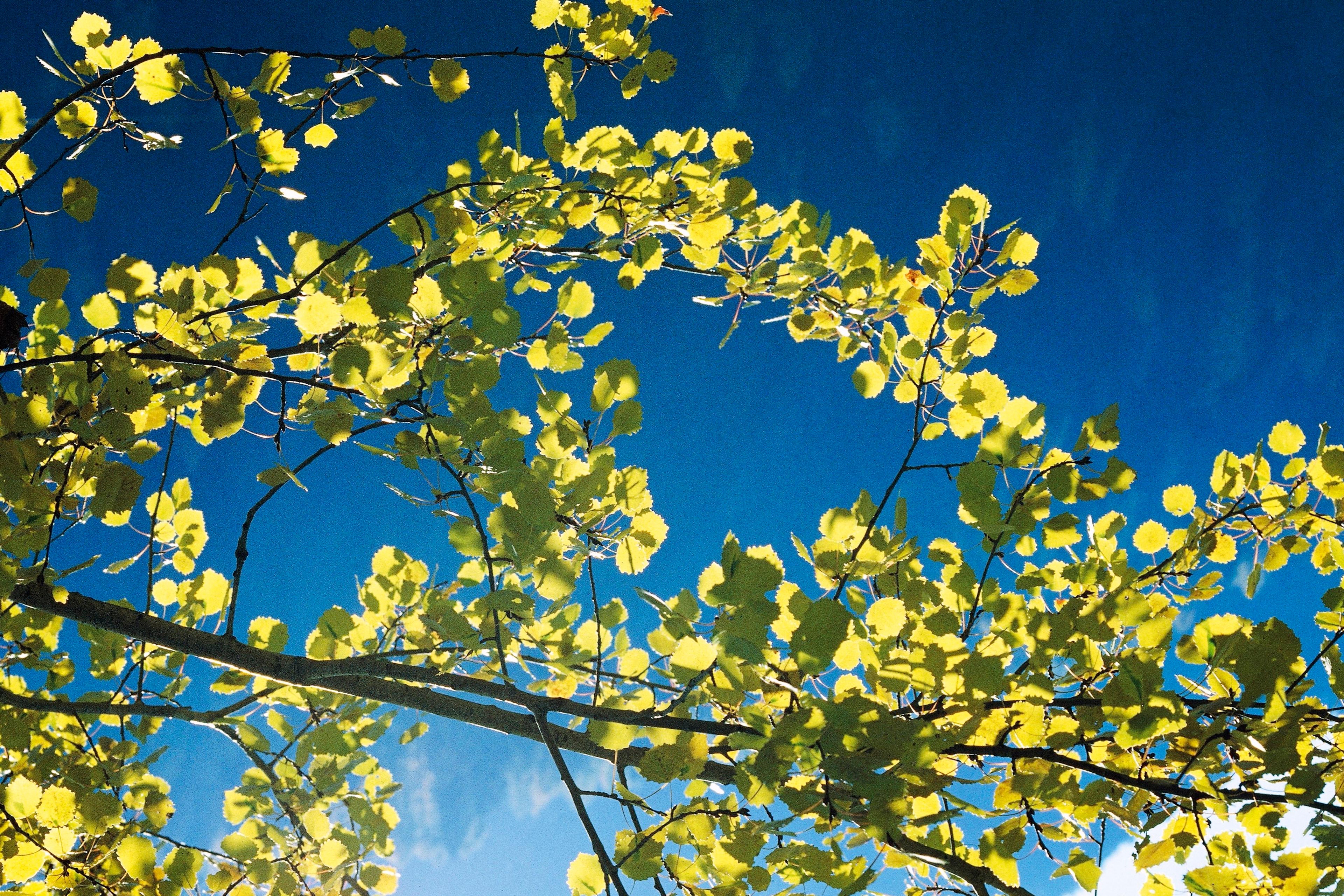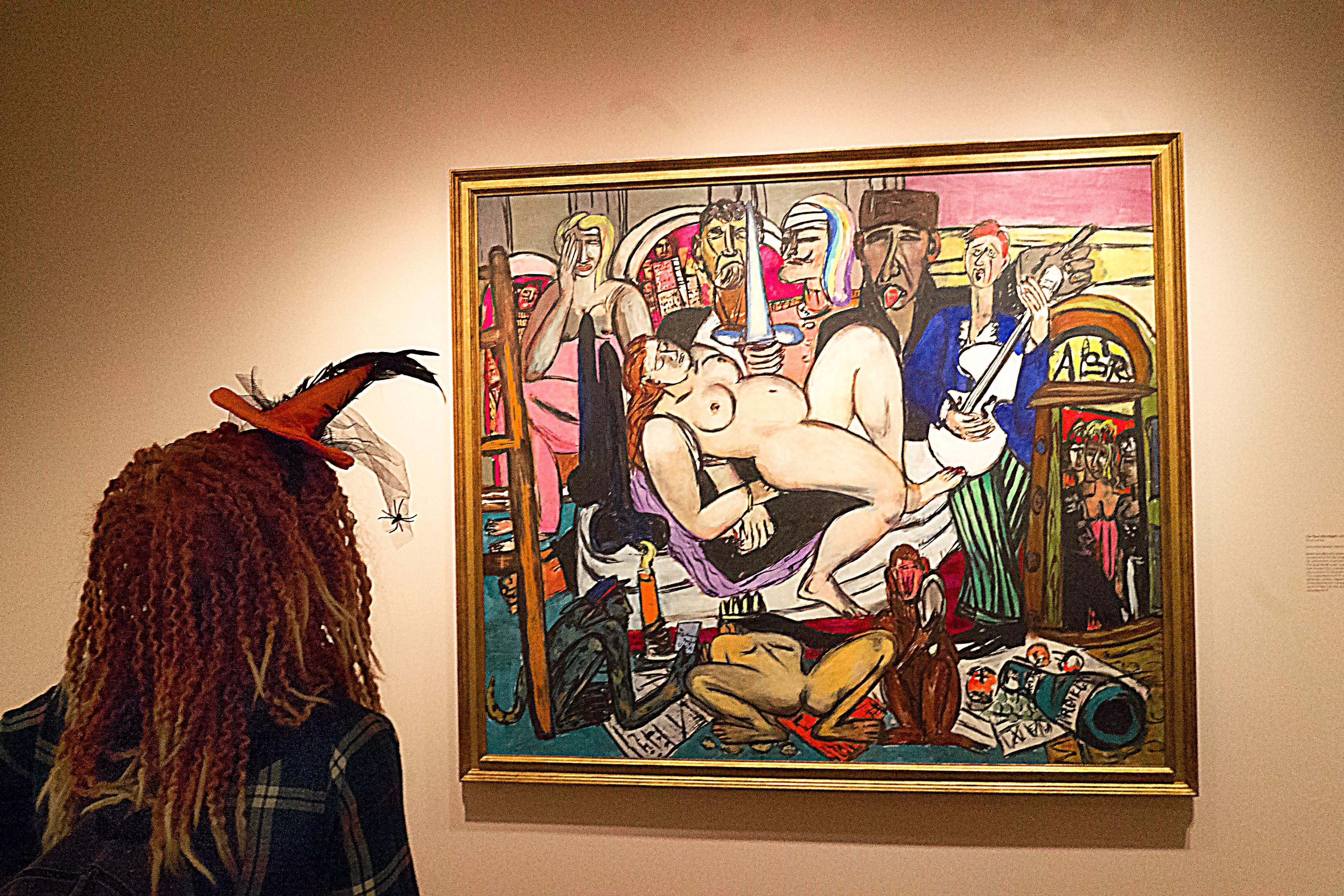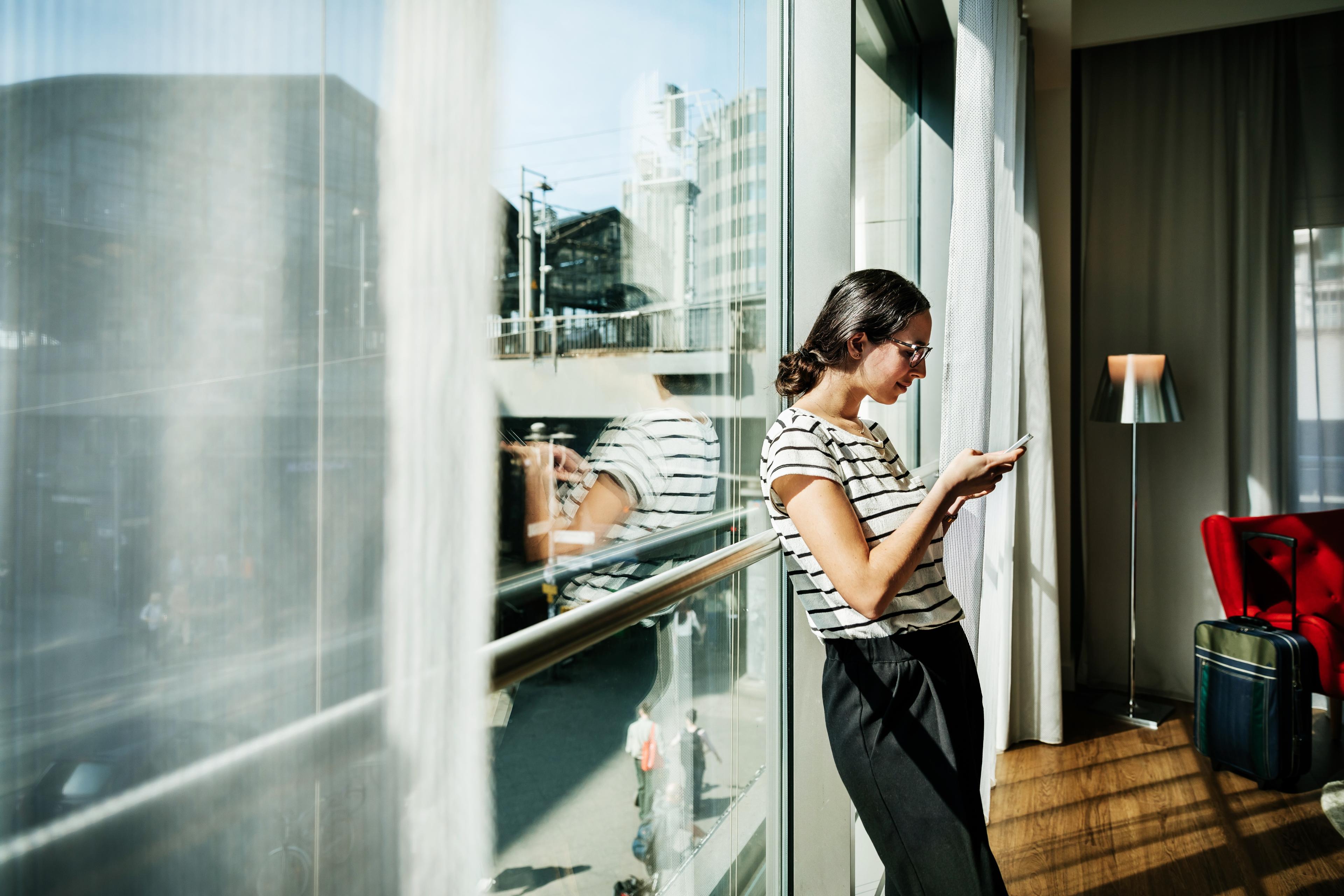Imagine visiting an old, indie bookshop nestled in a quiet corner of the town square. The smell of aged paper, the creak of wooden floors, and the personalised recommendations from the owner create an atmosphere that feels intimate and real. This bookshop seems authentic and personal, in contrast to a charmless chain bookstore in a commercial mall, with its standardised layout and mass-produced offerings. My colleagues and I call the experience evoked by the indie bookstore place authenticity – it’s the unique essence that makes a place feel genuine and alive – and we believe it’s an important but overlooked part of life.
Within the past three decades, environmental scientists and urban designers have suggested that place authenticity is all about sensory experiences. According to this view, it is places rich in sensory stimuli – such as sights, sounds and smells – that enhance our perception of authenticity by engaging our senses and creating memorable experiences. However, our recent research challenges this conventional idea, revealing that the experience of authenticity is more complex. Sensory experiences can contribute to a sense of authenticity, but they are far from the sole determinant.
The authenticity of a place is also about its unique character and essence – the way it is rooted in its cultural, historical, spiritual and experiential dimensions. When participants in our studies were asked to recall and write about a time when they were connected to themselves and the place they were in, they reported a heightened sense of place authenticity and personal authenticity in the experience they wrote about. In other words, the emotional and psychological ties people have with places contribute to their perception of authenticity. Just as much as the exposed bricks and wooden floors, it’s because of its community connections and personalised atmosphere that a centuries-old pub in London can feel more authentic than a commercialised pub in the United States, or why a locally owned bookstore, with its personalised atmosphere and deep community ties, can evoke a stronger sense of place than a chain bookstore.
Defining place authenticity is not just an obscure academic question. Authentic places that maintain their historical and cultural integrity serve as anchors of identity, offering us a sense of belonging, stability and continuity. They act as safe havens from the increasingly standardised and commercialised environments that are widespread in modern society, providing refuge and a reminder of individuality and uniqueness amid the uniformity of everyday life. What’s more, place authenticity matters for personal authenticity – the feeling of being true to yourself that is so sought after amid the ever-changing dynamics of modern life.
True ‘dwelling’ requires a meaningful connection to our surroundings
In our research, when we asked our participants to write about a time they’d felt connected to a specific place, we found that not only did they feel that the place in their recollection was authentic, they also felt more personally authentic (albeit to a lesser extent). It’s as if the positive feeling of being connected to a place spilled over into how participants felt about themselves. These effects worked both ways: when we prompted participants to recall a time when they felt connected to themselves, they described feeling more personally authentic and, in turn, this personal authenticity increased their rating of the authenticity of the place they were in at the time.
This bidirectional relationship between place and personal authenticity is not only supported by our findings but also resonates with broader philosophical insights and everyday experiences. The philosopher Martin Heidegger argued that true ‘dwelling’ involves more than physical habitation; it requires a meaningful connection to our surroundings that fosters a sense of being truly ‘at home’ in the world. Similarly, the concept of topophilia, proposed by the geographer Yi-Fu Tuan, speaks to the affective bond between people and places, suggesting that environments rich in history, culture and sensory experiences enhance personal wellbeing and identity. This interdependence is also evident in contemporary trends, with many people expressing a preference for authentic experiences that resonate with their deeper values and emotions – such as visiting locally owned shops or historic neighbourhoods rather than over-standardised, commercialised spaces.
The findings from our research on place and personal authenticity could help the architects, urban planners and designers who are working to create spaces that resonate with people on a deeper level. My colleagues and I are calling for a re-evaluation of design principles. We’d like to encourage a shift towards environments that foster meaningful connections and a sense of rootedness rather than focusing solely on aesthetic appeal – doing so promises to benefit personal and communal wellbeing by helping people feel that they and their environments are more authentic.
Urban planners and designers can create environments that foster a sense of rootedness by incorporating elements that resonate with local culture, history and community values. For example, the San Antonio River Walk in Texas successfully integrates the area’s rich cultural heritage and history into its design by incorporating elements of the city’s Spanish colonial roots, such as the use of native limestone and tile work, into its architectural features. The walkways, bridges and landscaped areas also incorporate traditional Mexican folk art and sculptures, which aid in a sense of continuity with the past. This provides a public space that encourages community engagement and celebrates local traditions.
Loving where you live, work and play can deeply affect your emotional and psychological wellbeing
The High Line in New York City achieves something similar by transforming a former elevated railway line into a park that reflects the city’s industrial past while promoting urban renewal. The High Line does this by preserving the original rail tracks and incorporating them into the park’s design, alongside native plantings that mimic the wildflowers and grasses that naturally grew along the abandoned tracks. The space also features art installations and performance areas that reflect the city’s vibrant culture, encouraging social interaction and fostering a sense of place among visitors.
The notion of place authenticity is also relevant to how we go about our lives as individuals. As Tuan highlighted with his concept of topophilia, when you have a love for certain aspects of your environment, it can give you a strong sense of place and of cultural identity. As such, loving where you live, work and play can deeply affect your emotional and psychological wellbeing. By seeking out and creating authentic places, you can enrich your life with a sense of rootedness and genuine connection. Look for environments that offer deep, lasting ties to their community and history. Visit local cafés, independent bookstores and historic neighbourhoods where the essence of the place is preserved and celebrated. Engage with spaces that have a strong sense of community and cultural significance. I don’t believe it is an exaggeration to say that by spending time in places that resonate with your values and emotions, you can experience a more meaningful and fulfilling life.
I’ve experienced the powerful effects of place authenticity firsthand. I often find myself drawn to a small, independent coffee shop near my home, which has the aroma of freshly brewed coffee throughout the shop, offers the opportunity to work quietly, and the chance to buy goods from local artisans and vendors. It’s a place where the baristas know my name and where conversations flow easily among strangers. This space feels authentic to me in a way that a chain coffee shop never could – it’s filled with a unique character and a sense of community that resonates with my values of connection and creativity. Spending time there has become a ritual that grounds me and helps me feel more centred, reminding me of who I am beyond the busyness of daily life.
